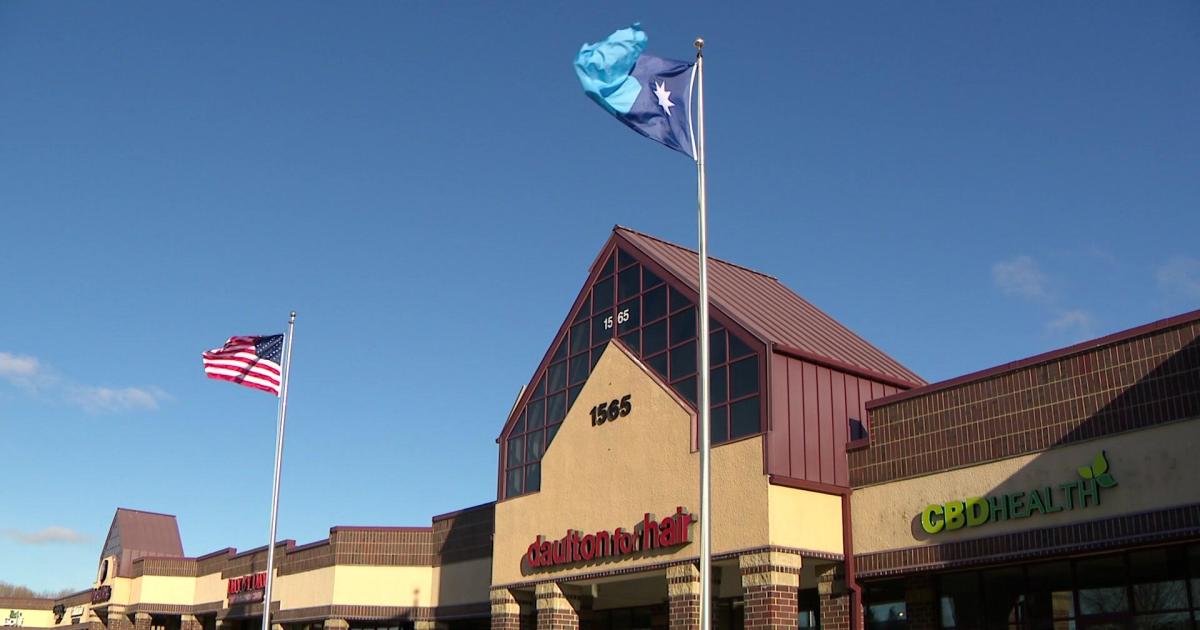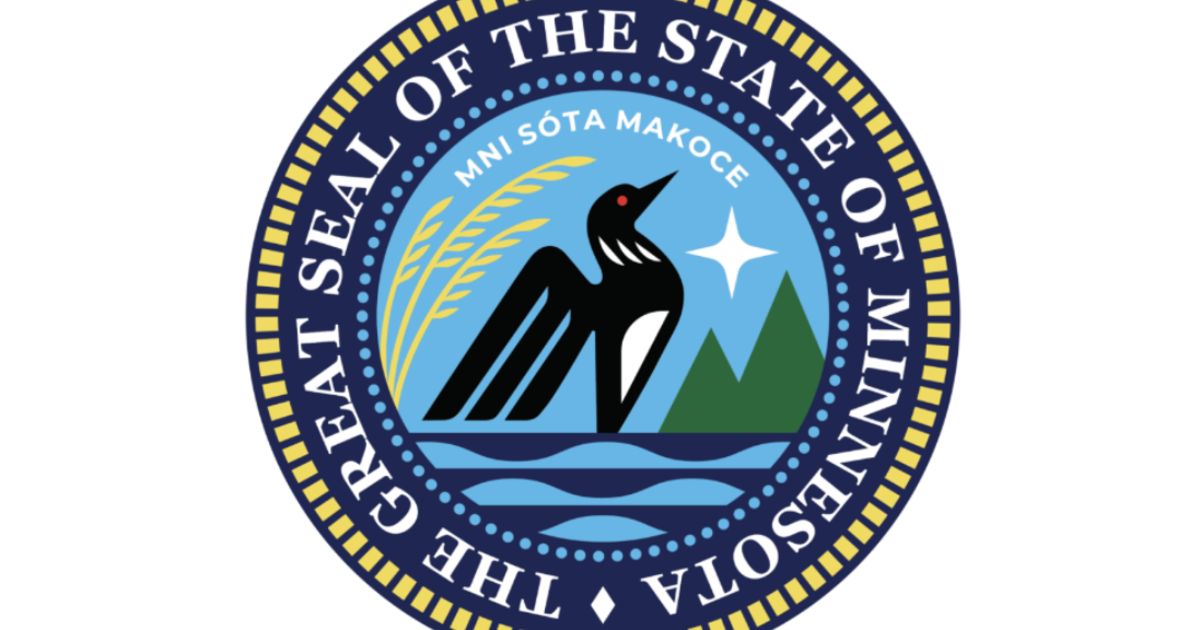Finding Minnesota: Bringing Bison Back
LUVERNE, Minn. (WCCO) -- It seems hard to fathom, but western settlement nearly wiped out the nation's bison herd -- some 30 to 60 million animals.
That herd stretched from Minnesota's grasslands to the Rocky Mountains. But over the years, hard work has brought the bison back, including efforts right here.
This week in Finding Minnesota, WCCO traveled to Blue Mounds State Park near Luverne, where the annual roundup is all about preserving the past.
As morning sun burned a path onto the Minnesota prairie, the natives were waking up. And getting restless.
The herd of nearly 100 American Plains bison -- cows, calves and massive bulls -- draws the curious to Blue Mounds State Park. But on this particular morning, folks were there to help.
"This is not a rodeo," said Craig Beckman, park manager and in charge of the annual Bison roundup.
There were 96 in the herd at the auction, and Beckman said they were looking to auction off 24 of them.
To maintain a healthy herd, the bison were culled. Pure strain animals were kept. The unwanted were auctioned off to bison ranchers.
"When they were almost extinct, bison were bred with cattle in order to up the population," said Beckman.
The goal now is to keep only the best bison, one by one. They are routed through a steel maze and rattle their way into the head gate.
Fifty years after the Blue Mounds herd was created, it remains as genetically pure as possible, and a direct link to when the west was wild. Keeping it that way is the work of veterinarians. They'll track each bison's vitals, both on microchip and paper.
A prime mature bull will go from 2,000 to 2,400 pounds. That's more than a ton of stubbornness onto which they have to place ear tags, draw blood and pull out bristles of hair.
"It's a chance for us to do some serious scientific work," said Courtland Nelson, who directs the DNR's state parks and trails. "We want to have a herd that represents as purely as possible the bison of historic times."
Like the cow and calf reunited at the roundup's end, they are direct links to our nation's past, when a seemingly endless sea of bison grazed the western plains.
Two cows and two calves are heading to the Minnesota Zoo for the new prairie exhibit near the zoo's entrance. Once DNA lab tests are completed at Texas A&M, any bison without pure historic genetics will be selected for next year's auction.



